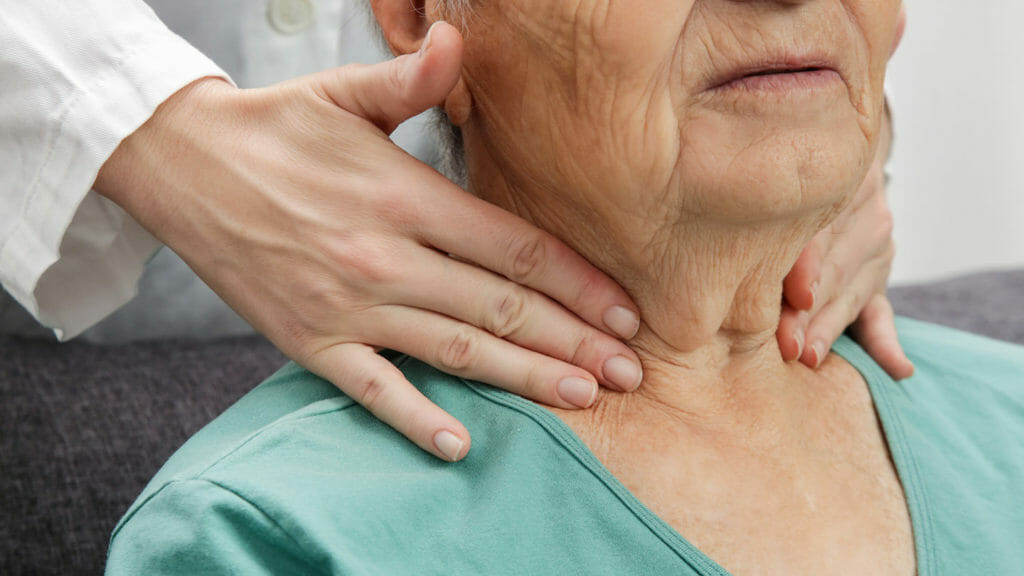
The Centers for Medicare & Medicaid Services officially unveiled its updated Five-Star rating system on Wednesday, and it revealed that thousands of nursing homes’ ratings had dropped. The new system takes weekend staffing levels and turnover rates into play for the first time.
An analysis by consulting and analytics firm Formation Healthcare found that more than a quarter of providers (3,783) nationally declined in overall 5-star rating from June to July, with 419 losing 2 or more stars.
“A new quarter of staffing data was released to which CMS applied their new methodology for rating staffing that integrates staffing hours per resident day, nursing staff and administrator turnover, and weekend staffing rates. Considering these changes, 4,850 providers (33%) declined in staffing rating, with 939 losing 2 or more stars,” Jessica Curtis, a managing partner at Formation Healthcare, told McKnight’s Long-Term Care News.
“The staffing crisis remains evident in the new data,” she added. “Compared to the prior quarter of data, weekend staffing declined and turnover increased nationally. Many facilities are being penalized with automatic 1-star staffing ratings for data submission issues, not replying to CMS audit findings and having days with no RN hours reported.
She advised providers to ensure their data capture is accurate by auditing their submissions — “especially for capture of all corporate staff working in relevant job codes in the facility.”
Facilities that struggle to attract and retain staff will have a lower staffing rating, noted Amy Stewart, vice president of education and certification strategy for the American Association of Post-Acute Care Nursing.
She added that the update also means providers who relied on gaining a star toward their overall star rating because they had 4-star staffing will no longer get that added benefit, and may see a drop in their overall Five-Star rating. The gain of the additional overall star is now reserved for facilities with 5-star staffing.
“The timing of the new methodology isn’t ideal. It comes at a time when all healthcare provider types are seeking nurses and following the exit of many nurses,” Stewart said. “Despite the timing, this is the reality and providers need to continue to look for creative and innovative ways to attract and retain staff. This could mean investing in benefits that future employees need and want.”
Those benefits can include things such as transportation reimbursement, daycare coverage and career advancement opportunities.
“While it may be difficult to find a way to cover the cost of these innovative ideas, staff turnover will likely cause potential residents or their families to question if a facility with high turnover is the ideal home to place their loved one in,” Stewart warned. “To that point, these new turnover measures offer another level of transparency to the public that may impact future census levels.”
The star ratings will account for the updated methodology for calculating staffing stars. New staffing measures include: total nurse staffing hours per resident per weekend day, total nurse staff turnover within a given year, registered nurse turnover within a given year; and the number of administrators who have left the nursing home within a given year.
Those are in addition to the existing measures of registered nurse and total nurse hours per resident day.
CMS first announced in January that it would begin posting facility turnover and weekend staffing data to Care Compare, and that the information would be included into the Five-Star rating system by July.




